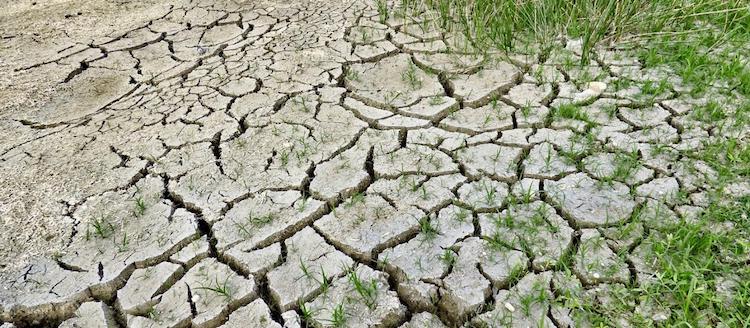
By Aleksandra Gadzinski
KATOWICE (IDN) – Climate consciousness across the globe is on the rise. But a new report has found a considerable gap between countries’ preparedness for climate change and the actual measures put in place to prepare communities for a future of increasing climate risks.
The fourth edition of the UN Environment’s Adaptation Gap Report highlights in particular a growing divide between the estimated annual costs of adaptation and the actual global investments in resilience measures, establishing a distinct connection between adaptation to climate change and sustainable development that results in healthy communities and thriving economies.
Climate change will have a significant impact on human health over the next few decades, and while progress has been made in reducing climate-change related diseases and injuries, current adaptation efforts are by no means sufficient to minimize future health impact of a changing climate, warns the 2018 Adaptation Gap Report released on December 6.
The report underlines that unless adaptation efforts are strengthened considerably, heat and extreme event-related morbidity and mortality will continue to rise.
Despite voicing considerable concern on the divergence between the global goals on adaptation and actual action being taken at the national level, the report shines a positive light on the growth in national laws and policies that address adaptation. Studies show that at least 162 countries explicitly address adaptation at a national level, through a total of 110 laws and 330 policies.
Looking at the commitment countries made as part of the Paris Agreements, only 40 developing countries have quantifiable adaptation targets in their current Nationally Determined Contributions (NDCs), while 49 include quantifiable targets in their national laws and policies, finds the report.
Low- and middle-income countries have shown consistent progress. However, without signs of acceleration, catching up with wealthier countries to bridge the gap in adaptive capacity will take many decades under current rates of improvement, maintains the study.
The Adaptation Gap Report says: “What is urgently needed to further narrow the adaptation gap in health, both today and in the future, is mainly political will and the necessary financial resources to implement the most important actions related to climate resilient health systems, early warning systems and a broader development agenda aimed at reducing vulnerability to climate-sensitive health risks, particularly infectious diseases and food and nutritional insecurity.”
The adoption of the Paris Agreement three years ago established a global goal on adaptation of “enhancing adaptive capacity, strengthening resilience and reducing vulnerability to climate change, with a view to contributing to sustainable development and ensuring an adequate adaptation response in the context of the temperature goal”.
As the Paris Agreement is now being implemented, important decisions are about to be made on how to report on, and take stock of, progress towards this global goal. The Adaptation Gap Reports focus on providing policy-relevant information to support such efforts. [IDN-InDepthNews – 08 December 2018]
Photo credit: UN Environment
IDN is flagship agency of the International Press Syndicate.
facebook.com/IDN.GoingDeeper – twitter.com/InDepthNews











